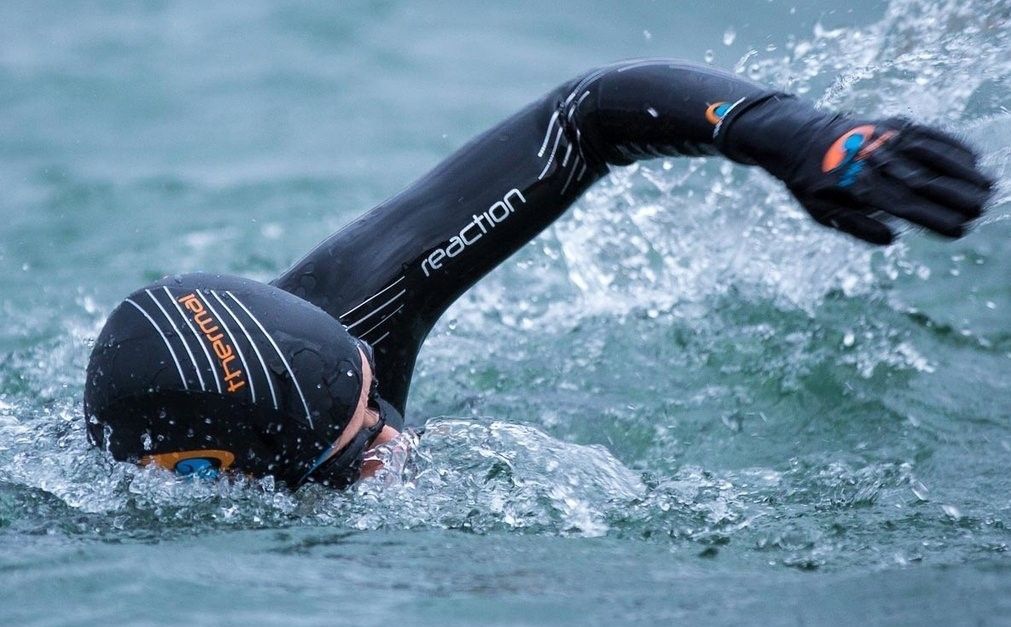5 Tips for Cold Water Swimming
With our inaugural winter swim on the horizon, we wanted to give you some tips to get you ready for your cold water swim. Please bear in mind that although the water in NZ can get as low as 8c, it is unlikely to be this cold at our Waiheke winter swim!
However check out our tips below to get ready for colder than usual swimming conditions.
Acclimatise to the Cold Water
Cold water acclimatisation could include taking a swim at your local beach and/or having a cold shower (turning the heat down gently). But the secret really is to just to swim in it, often – at least once a week, gradually extending the time that you stay in the water. Get out if you are not comfortable, and don’t set time goals for staying in the water.
How to dulling the Cold Water Shock Response
The first thing that happens when you get into cold water is a cold shock response – the initial gasp, rapid breathing and increased heart rate and blood pressure. It can be a shock to the system that can lead to hyperventilating or a panicked feeling. Swimmers can become accustomed to this response very fast; as few as 5 or 6 three minute immersions where the whole body (excluding the head) is immersed in cold water will halve the cold shock response. When cold water hits your face, the shock causes the lungs to contract, causing irregular breathing. Another useful exercise to help alleviate the shock of the cold water is to blow bubbles with your face submerged at waist depth.
You will want to swim slowly until you catch your breath. The first time you experience this it can throw you off, but with practice you will get used to it and be able to relax into your swim.
Wear the right gear
Swimming specific wetsuits (not dive or surfing suits) are strongly encouraged when swimming in cold water for a period of time. Wetsuits do not remove the cold shock response when you get in as it fills with cold water, it’s after this moment that the benefit kick in because the layer of water trapped between the skin and the wetsuit warms up.
Heat is lost through the head so the wearing of two swim caps when swimming in cold water is recommended. For those extra sensitive to the cold, we recommend the wearing of neoprene swim socks and neoprene swim gloves and swimming ear plugs. These products can be purchased through our store.
Make sure you warm up before your swim
Before starting a cold water swimming event we recommend you warm up on land for at least 10-15 min to ensure the body is warm.
Get warm after your swim
Once you exit the water, you continue to cool for approximately 20-30 minutes. This means that your core body temperature will be cooler 20-30 minutes after your swim than you were when you got out of the water. In other words, warming up immediately after your swim is vital. When you exit your swim it is important that you do not have a hot shower and spa straight away. Hot water can cool your core and it can be dangerous. Instead, make sure you have plenty of warm clothes, wrap up well and have a hot drink. Once you are feeling warmer, then you can go ahead and shower or soak in the spa ????.

